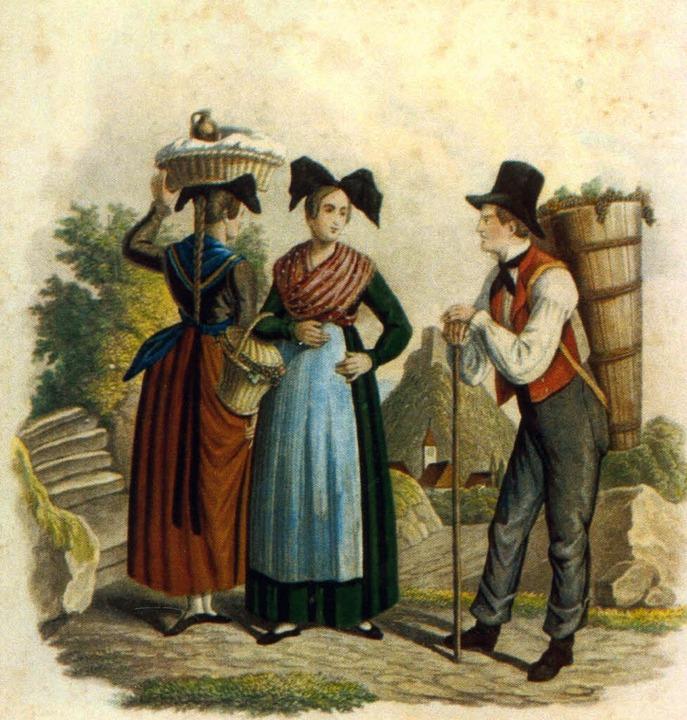During the Corona period, we at Bayern Barock have been on an amazing journey of discovery… We had the perfect opportunity to immerse ourselves in the soundscape of 17th and 18th century Munich and spent many memorable afternoons in my music studio in West Munich playing through forgotten manuscripts from our musical colleagues of 200 years ago… We were astonished by the sumptuous melodies and supreme quality of the trios and sonatas by Dallabaco (better than Handel!), we were mesmorised the bold beauty of Johann Fux´s harmonies, and delighted in Marini´s inventiveness and humour to name but a few…

Then the question arose… Bavarian baroque music is distinctive – brimming with beautiful melodies. But where did they come from? Could there be a connection with the Folkmusic of the time? Afterall, where did today´s popular Bavarian Folkmusic come from?
Our research quickly led to one of the world´s leading experts on the baroque Hackbrett, and an established name in the folksmusic scene, Prof. Birgit Stolzenburg. In one mind-blowing afternoon she introduced us to four hisotrical Hackbretts dating from 1400 to the early 19th century, and to her world. That day as we played the beautiful melodies, dances and marches that Mozart and Haydn must have lived with and subconsciously drawn upon for inspiration, we realised that we had found something very very beautiful, very important to the story of Bavaria, and even to the whole of the western classical music tradition. Bavarian Folkmusic before 1800 is utterly delightful, and very different from what we hear today!
Birgit was overjoyed that finally trained musicians were interested it this repertoire, and especially trained Baroque musicians – there are so many similarities in approach crossing over from the general baroque style.

The challenge we now face is to unearth the real sources – most of it is still in manuscripts in the Volksarchiv or even in local collections – and to figure out how to present it in the most attractive way possible to today´s audiences. The history of Bavaria in the Ballads of the everyday Folk lies in the archives waiting to be told, and the dances, marches and ländler of those times draw us spiritually into that world in a way that words cannot.
This music is can certainly have very wide appeal – to both classical and folk audiences. And it simply deserves some professional attention! We are convinced that the time to do this is now and that we are the ones to do it.
